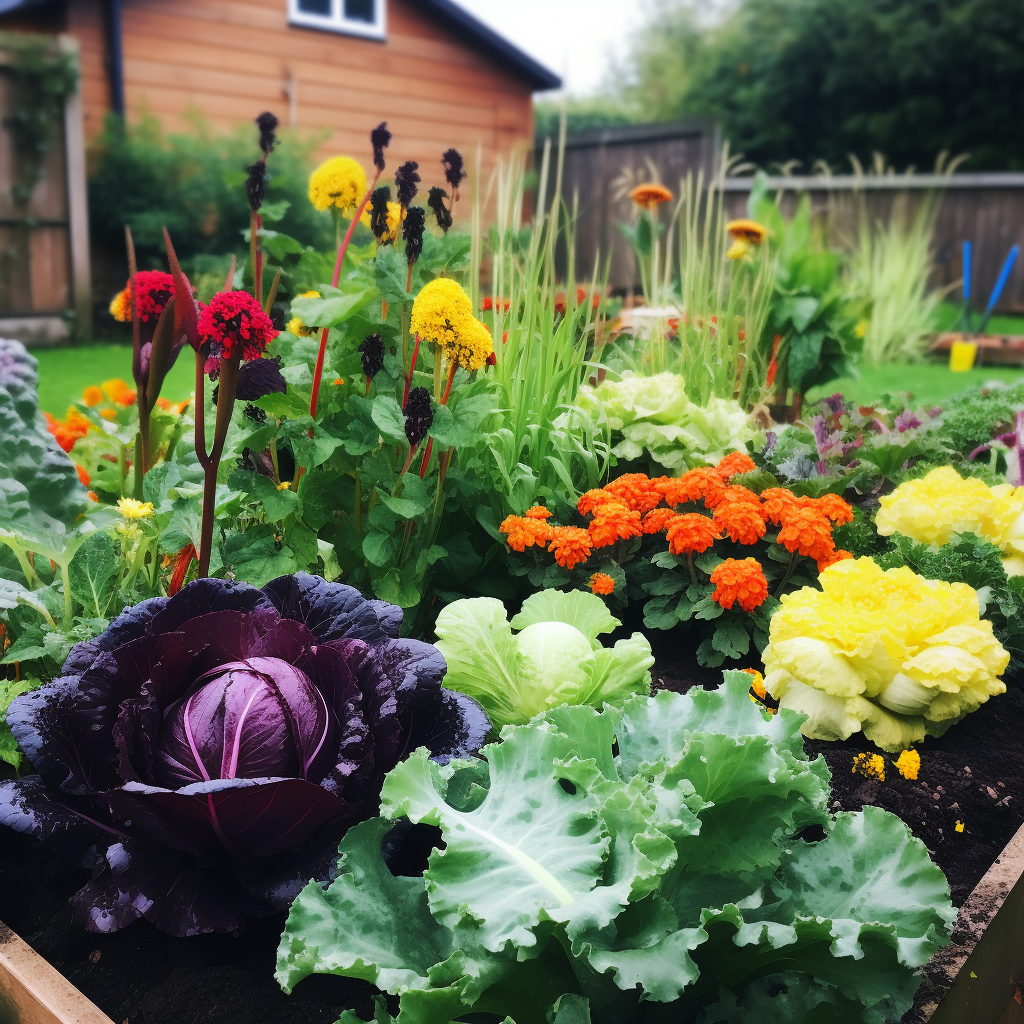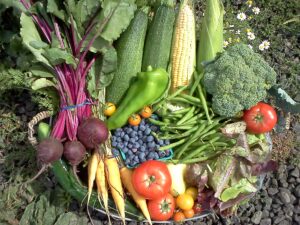Companion Planting: Unleashing the Power of Plant Partnerships for Garden Growth and Pest Control
Introduction:
In the fascinating world of gardening, companion planting has emerged as a tried-and-true technique that not only promotes plant growth but also helps control pests naturally. In this comprehensive guide, we will dive into the art of companion planting and explore the myriad benefits it offers to your garden. From improved soil health to enhanced pollination and pest deterrence, companion planting is a powerful tool in your gardening arsenal. Get ready to discover the secrets of plant partnerships and unlock the full potential of your garden.
1. Understanding Companion Planting:
Learn the fundamental concept of companion planting and how it harnesses the unique relationships between plants. Discover how certain plants work together to enhance growth, repel pests, provide shade, attract beneficial insects, and improve soil fertility.
2. Plant Pairings for Optimal Growth:
Explore a variety of plant pairings that complement each other’s growth patterns and nutrient needs. Discover classic combinations such as tomatoes and basil, where basil repels pests that commonly affect tomatoes while enhancing their flavor and growth.
3. Pest Control through Plant Partnerships:
Delve into the fascinating world of pest control through companion planting. Uncover plant partnerships that naturally repel pests, such as marigolds deterring nematodes or chives warding off aphids. Embrace the concept of trap crops, where specific plants attract pests away from your main crops.
4. Maximizing Pollination:
Learn how to attract and support pollinators through companion planting. Identify plants that entice bees, butterflies, and other pollinators, ensuring abundant fruit set and improved crop yields. Explore the synergy between flowering plants and food-producing plants to create a balanced ecosystem.
5. Soil Health and Nutrient Cycling:
Discover how certain plant combinations improve soil health through nutrient cycling and soil structure enhancement. Explore the dynamic trio of legumes, which fix nitrogen into the soil, benefiting neighboring plants. Learn about cover crops that prevent erosion, suppress weeds, and enrich the soil.
6. Planning Your Companion Planting Layout:
Develop a strategic planting plan that takes advantage of companion planting principles. Consider factors such as plant spacing, light requirements, and growth habits to ensure a harmonious and thriving garden ecosystem. Maximize the benefits of companion planting while optimizing space utilization.
7. Fine-Tuning Your Companion Planting:
Refine your companion planting techniques by experimenting with different plant combinations and observing the results. Keep records of successes and failures to improve your future plant pairings. Adapt your approach based on the unique characteristics of your garden and its specific challenges.
8. Tips for Successful Companion Planting:
Benefit from expert tips and tricks to make the most of companion planting in your garden. Learn about timing considerations, crop rotation, and complementary plant traits. Discover additional tools, such as intercropping and vertical gardening, to maximize the potential of your plant partnerships.
TABLE SHOWING PLANT VS BEST VS WORST, COMPANION PLANT
Plant | Best Companion Plants | Worst Companion Plants |
Tomatoes | Basil, marigold, parsley, carrots | Cabbage, corn, fennel, potatoes |
Basil | Tomatoes, peppers, oregano, chamomile | Rue, sage, thyme, cucumber |
Carrots | Onions, leeks, chives, rosemary | Dill, fennel, parsnip, potatoes |
Cucumbers | Beans, corn, peas, radishes, dill | Aromatic herbs like sage, rosemary, and oregano |
Peppers | Basil, tomatoes, carrots, onions | Fennel, kohlrabi, beans, cabbage |
Lettuce | Carrots, radishes, cucumbers, beans | Celery, cabbage, parsley, dill |
Beans | Carrots, corn, cucumbers, radishes | Onions, garlic, gladiolus, fennel |
Onions | Carrots, beets, lettuce, chamomile | Carrots, beets, lettuce, chamomile |
Potatoes | Beans, corn, cabbage, horseradish | Beans, corn, cabbage, horseradish |
Strawberries | Spinach, lettuce, borage, thyme | Cabbage, broccoli, Brussels sprouts, fennel |
Apples | Garlic, chives, marigolds, nasturtiums | Potatoes, cabbage, walnuts, raspberries |
Blueberries | Azaleas, rhododendrons, heather, ferns | Potatoes, cabbage, tomatoes, peppers |
Grapes |
| Basil, oregano, sage, garlic |
Rosemary | Sage, thyme, oregano, carrots | Basil, potatoes, cabbage, beans |
Mint | Cabbage, tomatoes, peas, basil | Parsley, chamomile, cilantro, dill |
Parsley | Tomatoes, asparagus, roses, carrots | Mint, lettuce, cucumbers, sage |
Zucchini | Beans, corn, peas, radishes, dill | Potatoes, tomatoes, sage, melons |
Spinach | Strawberries, lettuce, peas, beans | Potatoes, radishes, cabbage, tomatoes |
Radishes | Peas, carrots, lettuce, spinach | Hyssop, cabbage, cauliflower, turnips |
Garlic | Roses, tomatoes, carrots, beets | Peas, beans, cabbage, onions |
Conclusion:
Companion planting is more than just a gardening technique – it’s an art form that unlocks the potential of your garden. By harnessing the power of plant partnerships, you can boost growth, enhance pest control, and create a thriving ecosystem that supports a bountiful harvest. Embrace the wonders of companion planting and elevate your gardening skills to new heights. Get ready to experience the magic of plant partnerships in your garden and watch your plants flourish like never before. Happy companion planting!





















































